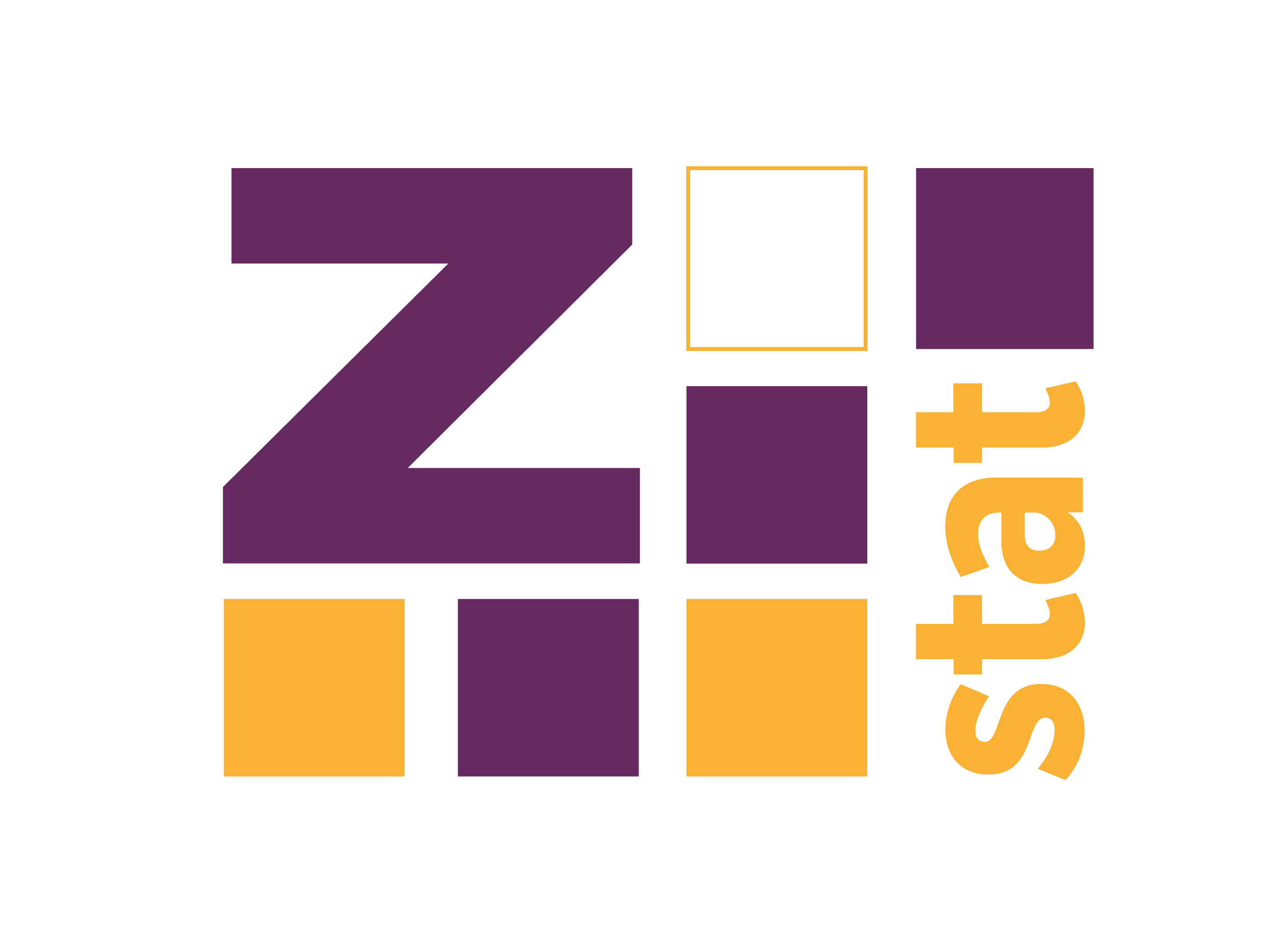Spark is delightful for Big Data analysis. It allows using very high-level code to perform a large variety of operations. It also supports SQL, so you don’t need to learn a lot of new stuff to start being productive in Spark (of course assuming that you have some knowledge of SQL).
However, if you want to use Spark more efficiently, you need to learn a lot of concepts, especially about data partitioning, relations between partitions (narrow dependencies vs.
I use blogdown to write my blog posts. It allows me to create a Rmarkdown file, and then execute all the code and format the output. It has great support for R (it’s R native) and Python. Some other languages are also supported, but the functionality is pretty limited. For example, each code chunk is evaluated in a separate session (I’m not sure if it’s the case for all engines, I read about this in https://yihui.
My primary language for data analysis is still R. However, when it comes to the Big Data I prefer Scala because of it is the central language behind Spark, and gives more freedom than the sparklyr interface (I sometimes use sparklyr, but this is a topic for another post).
When I started my journey with Scala I found, that it is possible to achieve a lot with knowing just the Spark’s API and a bit of SQL.
Some time ago I had to move from sparklyr to Scala for better integration with Spark, and easier collaboration with other developers in a team. Interestingly, this conversion was much easier than I thought because Spark’s DataFrame API is somewhat similar to dplyr, there’s groupBy function, agg instead of summarise, and so on. You can also use traditional, old SQL to operate on data frames. Anyway, in this post, I’ll show how to fit very simple LDA (Latent Dirichlet allocation) model, and then extract information about topic’s words.
